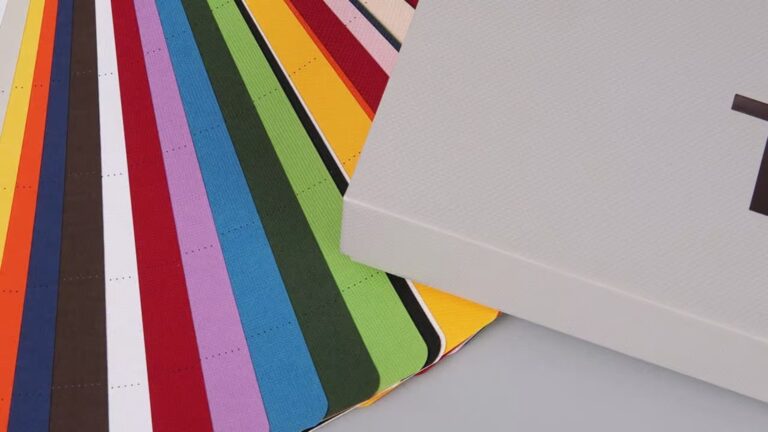
When it comes to printing, choosing the right method is vital for achieving the desired quality, cost-efficiency, and turnaround time. Two of the most popular printing methods today are offset printing and digital printing. Each has unique advantages and is suited to different types of projects. Understanding their differences helps individuals, businesses, and publishers make informed decisions for their printing needs.

What Is Offset Printing?
Offset printing, also known as lithography, is a traditional printing method that transfers an inked image from a metal plate to a rubber blanket, then onto the printing surface, usually paper. This indirect process allows for high-quality, consistent results.
How Offset Printing Works
-
The rubber blanket then presses the ink onto the paper.
-
This process repeats for each color in the design.
Benefits of Offset Printing
-
High Quality: Produces sharp, clean images with consistent color accuracy.
-
Cost-Effective for Large Runs: Economical for printing large volumes, as the cost per unit decreases with quantity.
-
Wide Range of Materials: Can print on various paper types, including textured and specialty stocks.
-
Color Fidelity: Excellent for precise color matching using Pantone or CMYK.
Limitations
-
Setup Time and Cost: Initial setup is time-consuming and expensive, making it less cost-effective for small runs.
-
Longer Turnaround: Preparation and press setup add to production time.
What Is Digital Printing?
Digital printing involves directly transferring a digital file onto paper using inkjet or laser printers. It bypasses the need for plates, making it faster and more flexible.
How Digital Printing Works
-
The digital file is sent directly to the printer.
-
The process supports full-color printing and variable data printing (changing text/images per page).
Benefits of Digital Printing
-
Quick Turnaround: Minimal setup allows for fast production, ideal for urgent projects.
-
Customization: Supports variable data printing, perfect for personalized marketing materials.
Limitations
-
Higher Cost for Large Runs: Per-unit cost remains constant regardless of volume, making it less economical for large print runs.
-
Material Limitations: Fewer options for printing on specialty or textured papers.
-
Color Matching: May have limitations in achieving exact Pantone colors.
Comparing Offset and Digital Printing
| Feature | Offset Printing | Digital Printing |
|---|---|---|
| Setup Cost | High (plates and press setup) | Low (direct from digital file) |
| Cost per Unit | Lower with large volumes | Constant regardless of volume |
| Turnaround Time | Longer due to setup | Faster, ideal for quick jobs |
| Print Quality | Superior, excellent color | High, but slightly less precise |
| Color Options | Pantone and CMYK supported | Mainly CMYK; limited Pantone |
| Customization | Not suitable | Supports variable data |
| Paper Options | Wide variety | Limited to compatible stocks |
Which Printing Method Should You Choose?
-
Choose Offset Printing If:
-
You are producing a large volume of prints.
-
You require superior color accuracy and image quality.
-
You need to print on specialized or textured paper stocks.
-
Budget permits upfront setup costs for lower long-term costs.
-
-
Choose Digital Printing If:
-
You need a small or medium print run.
-
Quick turnaround is essential.
-
You want personalized or variable data printing.
-
You are experimenting with design and need flexibility.
-
Conclusion
Offset and digital printing each have their strengths and ideal use cases. Offset printing remains the gold standard for high-volume, high-quality print jobs, while digital printing offers speed, flexibility, and customization for smaller runs. Understanding these differences allows you to choose the printing method that best suits your project’s needs, budget, and timeline.






